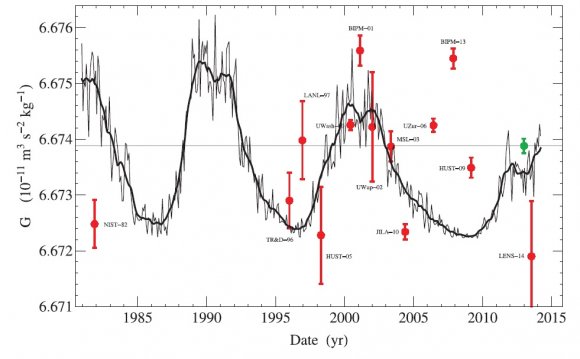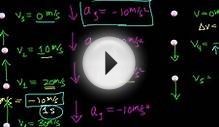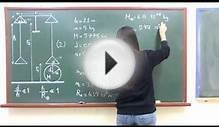
Laser range observations taken on the near-earth satellites of Lageos (a = 1.92 e.r.), Starlette (a = 1.15 e.r.), BE-C (a = 1.18 e.r.) and Geos-3 (a = 1.13 e.r.), have been combined to determine an improved value of the geocentric gravitational constant (GM). The value of GM is 398600.61 km³/sec², based upon a speed of light, c, of 299792.5 km/sec. Using the IAG adopted value of c equalling 299792.458 km/sec scales GM to 398600.44 km³/sec². The uncertainty in this value is assessed to be ± .02 km³/sec². Determinations of GM from the data taken on these four satellites individually show variations of only .04 km³/sec² from the combined result.
The Lageos information dominated the combined solution, and gave the most consistent results in its data subset solutions. The value obtained for GM from near-earth laser ranging compares quite favorably with the most recent results of the lunar laser and interplanetary experiments.
INTERESTING VIDEO



 In physics, escape velocity is the speed at which the kinetic energy plus the gravitational potential energy of an object is zero. It is the speed needed to "break free" from a gravitational field without further propulsion.
In physics, escape velocity is the speed at which the kinetic energy plus the gravitational potential energy of an object is zero. It is the speed needed to "break free" from a gravitational field without further propulsion.







